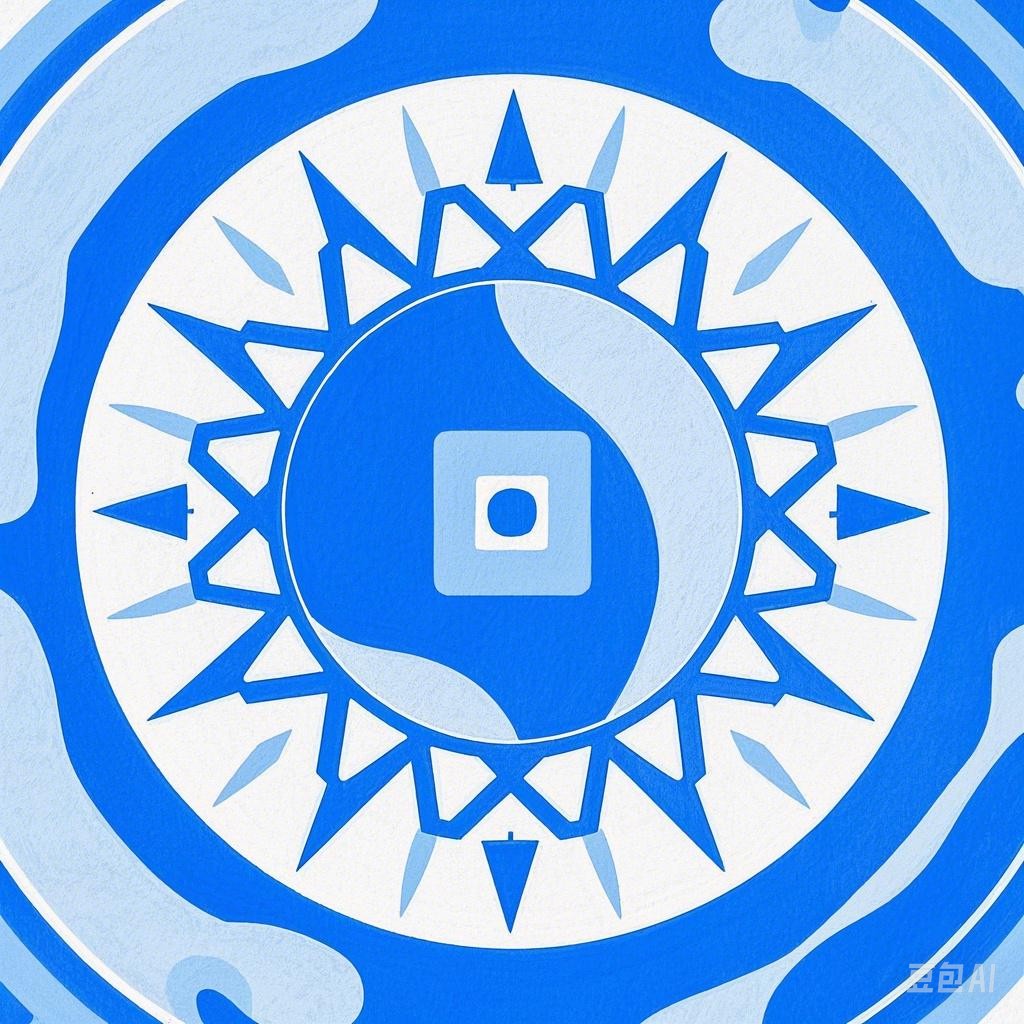Chinese festivals are a vibrant reflection of the country’s rich cultural heritage and history. Each festival carries with it a unique story, symbolizing the values and beliefs of the Chinese people. This article delves into the fascinating world of Chinese festivals, exploring their origins, customs, and the profound meanings behind them.
1. Spring Festival (Chinese New Year)
1.1 Overview
The Spring Festival, also known as Chinese New Year, is the most important and widely celebrated festival in China. It marks the beginning of the lunar new year and is typically held in late January or early February.
1.2 Origin
The festival originated from ancient agricultural practices and has evolved over centuries. It is believed to be a time when evil spirits are warded off, and the gods are worshipped to ensure a prosperous year.
1.3 Customs
- Red Decorations: Red, symbolizing good fortune and joy, is prevalent in decorations.
- Fireworks: They are set off to scare away evil spirits and bring good luck.
- Feast: Families gather for a reunion dinner, which includes dishes like dumplings and fish.
- Gifts: Red envelopes containing money are given to children as a symbol of good fortune.
2. Lantern Festival
2.1 Overview
The Lantern Festival is held on the 15th day of the first lunar month and marks the end of the New Year celebrations.
2.2 Origin
The festival originated from the Han Dynasty and is associated with the worship of lanterns and the deities of the moon.
2.3 Customs
- Lanterns: Various types of lanterns are displayed and lit up at night.
- Dragon and Lion Dances: These dances are performed to bring good luck and ward off evil spirits.
- Mooncakes: A round-shaped pastry is eaten, symbolizing completeness and unity.
3. Dragon Boat Festival
3.1 Overview
The Dragon Boat Festival is celebrated on the fifth day of the fifth lunar month and commemorates the poet Qu Yuan, who drowned himself in the Miluo River in the third century BC.
3.2 Origin
The festival is marked by dragon boat races, which are believed to be a way to scare away fish from the river where Qu Yuan drowned.
3.3 Customs
- Dragon Boat Races: Teams of rowers compete in long boats adorned with dragon motifs.
- Zongzi: A sticky rice dumpling wrapped in bamboo leaves is eaten.
- Drinking Realgar Wine: A wine made from realgar (an ore) is consumed, believed to ward off evil spirits.
4. Mid-Autumn Festival
4.1 Overview
The Mid-Autumn Festival is celebrated on the 15th day of the eighth lunar month and is associated with the moon’s harvest.
4.2 Origin
The festival dates back to the Tang Dynasty and is a time for family reunions and moon观赏.
4.3 Customs
- Mooncakes: A round-shaped pastry filled with sweet or savory ingredients is eaten.
- Family Reunions: Families gather to enjoy the moonlight and celebrate together.
- Lanterns: Paper lanterns are lit and released into the sky.
5. Double Ninth Festival
5.1 Overview
The Double Ninth Festival is celebrated on the ninth day of the ninth lunar month and is a time to honor the elderly and to appreciate the beauty of autumn.
5.2 Origin
The festival has its roots in ancient agricultural practices and is associated with the worship of deities.
5.3 Customs
- Hiking: People often go hiking to enjoy the autumn scenery.
- Picking Chrysanthemums: Chrysanthemums are picked and dried for medicinal purposes.
- Eating Chongyang Cake: A cake made with sesame seeds and lotus seeds is eaten.
Conclusion
Chinese festivals are a testament to the country’s deep-rooted cultural traditions and the enduring spirit of its people. Each festival has its own unique story and customs, reflecting the rich tapestry of Chinese history and heritage. By exploring these festivals, one can gain a deeper understanding of Chinese culture and the values that shape its society.
